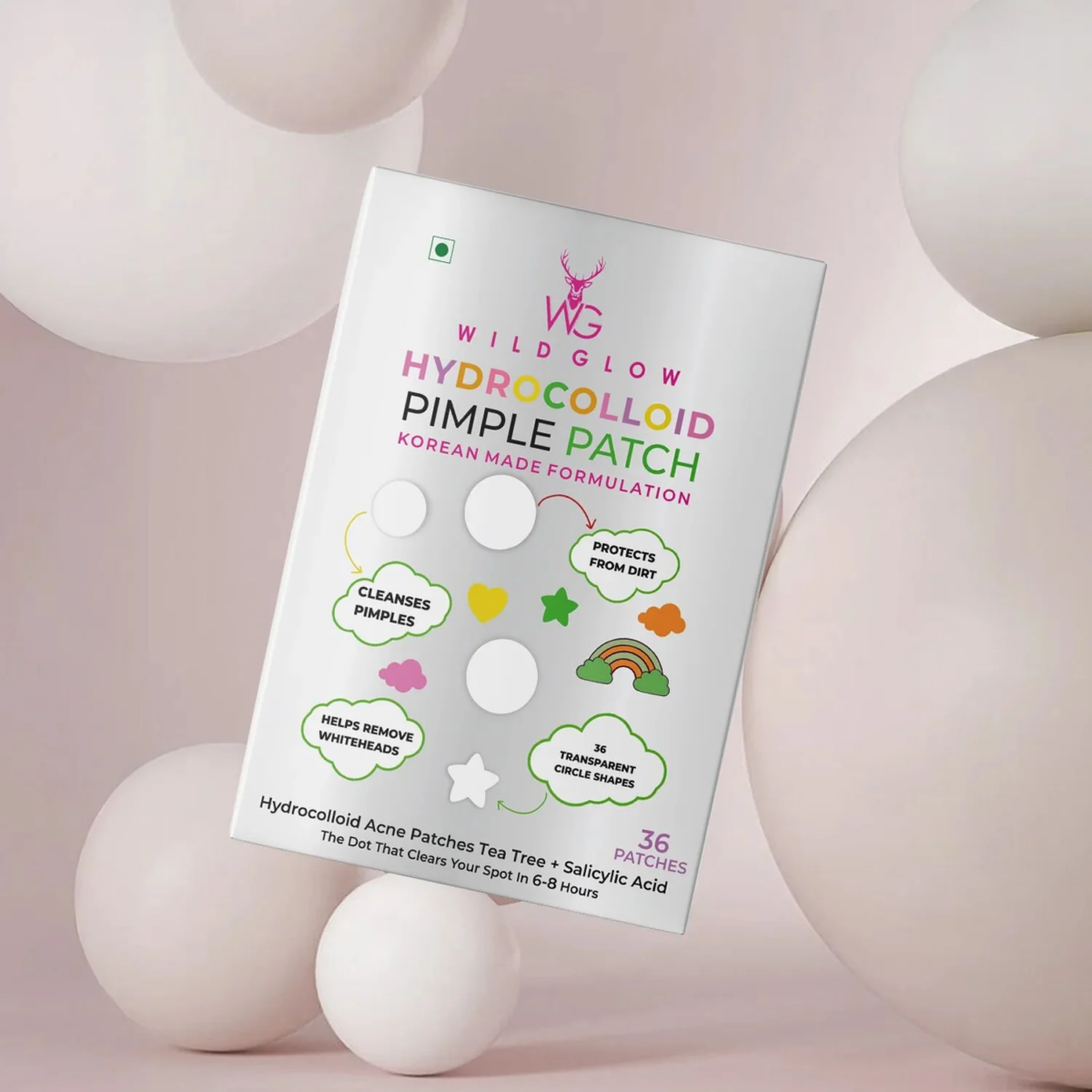Essential Features of the Perfect Brooder Box for Chicks

Creating the ideal brooder box for chicks is a cornerstone of successful poultry raising. These delicate creatures require a safe, warm, and nurturing environment during their first few weeks of life. Whether you’re a backyard poultry enthusiast or running a commercial farm, the right brooder box can make all the difference.
This guide explores the critical features that define the perfect brooder box for chicks, offering insights to help you optimize their care and growth.
Why a Brooder Box is Crucial for Chicks
A brooder box acts as a nursery for chicks, replicating the protective warmth and security of a mother hen. It provides the controlled conditions chicks need to thrive during their most vulnerable stage. If you’re transitioning chicks from an incubator, the brooder box serves as a vital intermediate step to acclimate them to their new surroundings.
Key functions of a brooder box include maintaining optimal temperatures, offering protection from predators, and encouraging healthy behaviors such as scratching and pecking.
Temperature Control: The Heart of a Brooder Box
Maintaining the correct temperature is the most critical aspect of any brooder box for chicks. Chicks require consistent warmth to mimic the conditions provided by a hen.
Key Considerations for Temperature:
- Heat Source: Use an electric brooder, heat lamp, or heated panel.
- Adjustability: Provide zones of varying temperatures so chicks can move closer or farther from the heat source as needed.
- Monitoring Tools: Install a thermometer to track the temperature within the brooder box.
Ideal Temperature Ranges:
- Week 1: ~95°F (35°C)
- Reduce by 5°F each week until it matches ambient room temperature.
Ventilation for Fresh Air
Good airflow is essential to prevent respiratory issues and maintain a healthy environment. A well-ventilated brooder box ensures the removal of moisture and excess heat without creating drafts.
Design Tips for Ventilation:
- Use perforated panels or mesh on the sides to allow airflow.
- Avoid placing vents directly in line with the heat source to maintain consistent warmth.
Safe and Comfortable Flooring
The flooring of a brooder box for chicks must provide comfort while minimizing risks such as splayed legs or foot injuries.
Recommended Flooring Options:
- Bedding: Use materials like wood shavings, straw, or paper towels for a soft and absorbent surface.
- Non-Slip Mats: For added grip, especially for newly hatched chicks.
- Easy Cleaning: Ensure the floor is easy to clean to maintain hygiene.
Secure Enclosure for Safety
Chicks are small and curious, making security a top priority. A good brooder box protects them from potential predators, accidental escapes, and external hazards.
Features of a Secure Enclosure:
- High Walls: Prevent chicks from jumping out as they grow.
- Covered Top: Use a wire or mesh lid to keep predators out while allowing ventilation.
- Sturdy Build: Ensure the structure can withstand accidental bumps or impacts.
Adequate Space for Growth
Overcrowding can lead to stress and health issues. The size of the brooder box should accommodate the number of chicks you are raising while leaving enough room for movement and exploration.
Space Requirements:
- Week 1: At least 0.5 square feet per chick.
- Increase space as chicks grow to prevent overcrowding.
Easy Access for Maintenance
Frequent cleaning and feeding require a design that allows for easy access. A user-friendly brooder box for chicks simplifies these tasks, ensuring you can maintain hygiene and provide care without disturbing the chicks too much.
Accessibility Features:
- Hinged Lids: For quick access to the interior.
- Removable Trays: To simplify cleaning and waste disposal.
- Side Doors: Useful for feeding without lifting the lid.
Feeding and Watering Stations
An integrated feeding and watering system is essential to meet the nutritional needs of your chicks. Proper placement and design reduce spillage and contamination, keeping the brooder box clean.
Tips for Feeding and Watering:
- Place feeders and waterers away from the heat source to avoid overheating.
- Use shallow dishes to prevent drowning accidents.
- Elevate slightly to reduce bedding contamination.
Lighting for Natural Rhythms
While heat lamps provide warmth, a separate lighting system helps mimic natural day and night cycles, promoting healthy behaviors and growth.
Lighting Suggestions:
- Use a timer to simulate daylight and darkness.
- Avoid overly bright lights that can stress the chicks.
Hygiene and Sanitation
A clean brooder box for chicks is crucial to prevent diseases and infections. Regular cleaning routines and proper waste management go a long way in ensuring chick health.
Sanitation Tips:
- Replace bedding frequently to avoid ammonia buildup.
- Disinfect the brooder box between batches of chicks.
- Use a separate area for sick chicks to prevent the spread of illness.
Portability for Convenience
If you need to move your brooder box, a portable design can save time and effort. Lightweight materials and built-in handles or wheels make relocation easier.
Durability for Long-Term Use
A well-built brooder box is an investment that can last for years. Use durable materials like treated wood, high-grade plastic, or metal to ensure longevity.
Conclusion
Designing the perfect brooder box for chicks requires attention to detail and a commitment to meeting their needs. By focusing on essential features like temperature control, ventilation, secure enclosures, and easy access, you can create a nurturing environment that supports healthy growth and development.
Whether you’re transitioning chicks from an incubator or raising them from the hatchery, the right brooder box is a foundation for success. Take the time to evaluate your space, resources, and flock size to build a setup that ensures your chicks thrive.







